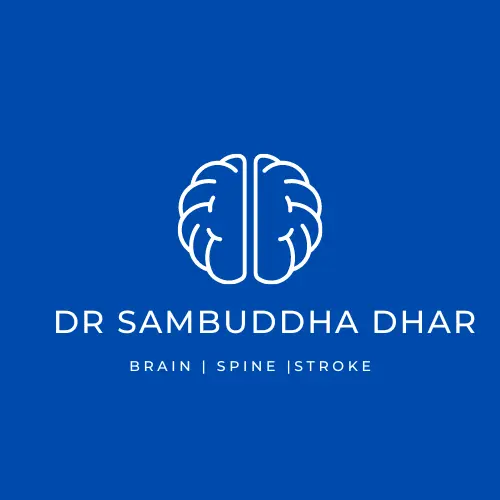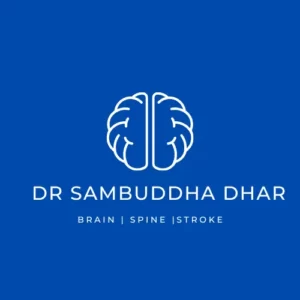Epilepsy Surgery
With epilepsy surgery, the afflicted region of the brain that produces seizures is surgically removed. When epilepsy episodes originate from the same place in the brain, surgical intervention can be very helpful. Surgical procedures are not the first line of defense against epilepsy. However, it might be a viable alternative when two or more seizure medications have been ineffective.
When medications fail to manage epilepsy-related seizures, surgery may be considered as an alternative. This kind of epilepsy is called “medically refractory” or “drug-resistant.” Surgery for epilepsy can reduce or eliminate the occurrence of seizures. In addition to reducing fatalities from seizures, reducing medication for seizures, and reducing pharmaceutical adverse effects, surgery is performed.
Verbal and nonverbal memory and learning abilities are also commonly assessed through testing. These evaluations may help pinpoint the region of the brain most affected by seizures and serve as a benchmark for gauging the success of surgical treatment.
Temporal lobe tissue excision, the most frequent and best-understood operation, successfully eliminates seizures in roughly two-thirds of patients. Studies reveal that a person has an 87-90% chance of remaining seizure-free after two years if they take seizure drugs and do not have a seizure in the first year following temporal lobe surgery. In the absence of seizures after two years, the chances of being seizure-free after five years increase to 95% and at ten years, to 82%.
Deep Brain Stimulation
The term “deep brain stimulation” refers to a therapy in which an implanted device sends electrical current directly to targeted parts of the brain. Injecting that current into specific areas boosts their performance. Common indications include treatment for Parkinson’s disease and epilepsy. The electric current in it activates the brain cells in that region, which can have a beneficial effect on a variety of medical issues. One or more cables from a tiny device implanted under the skin at the collarbone carry the electricity to the brain.
Although deep brain stimulation may help alleviate some of your symptoms, it will not treat your underlying ailment. Deep brain stimulation can help alleviate symptoms, but it typically doesn’t eliminate them entirely. There are some conditions for which medicine may still be required.
Two or three procedures, spaced out over time, are required for this technique. The initial step is to have the stimulation leads implanted into both sides of your brain at once or at different periods. The second step is to have a pulse generator, the battery that powers the stimulator, surgically implanted beneath the skin of your upper chest.
Not everyone benefits from deep brain stimulation. Whether or whether deep brain stimulation is effective depends on a variety of factors. Discuss your expectations for recovery after surgery with your medical team.

